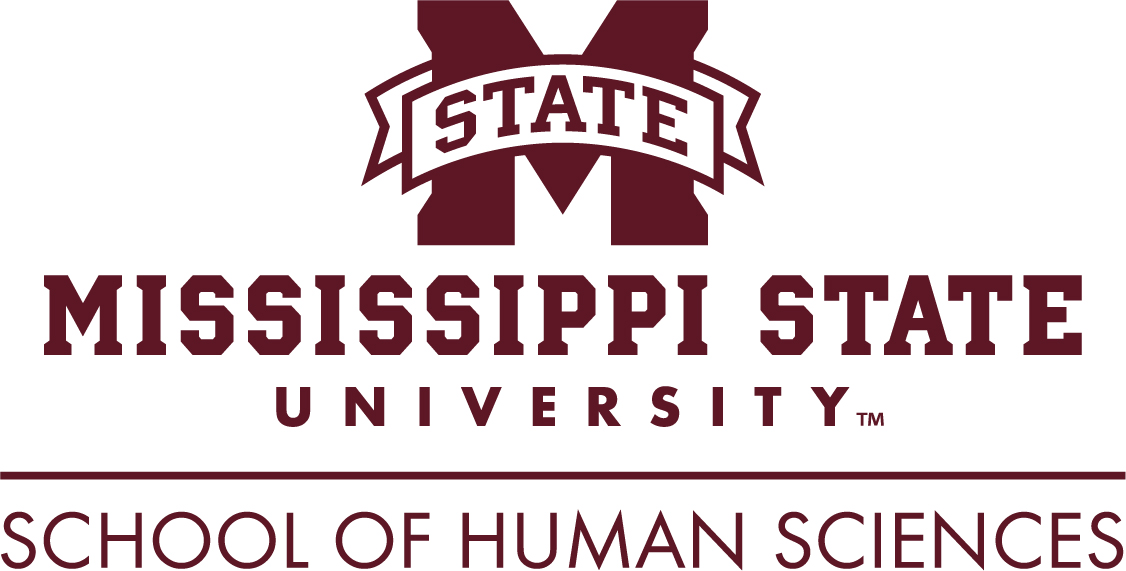Abstract
Effective Extension programming relies on engaging people of all races, ethnicities, and cultures. Extension educators sometimes struggle with how best to engage communities that are not “traditional” program audiences. Centering data visualization on the strength of Black, Latino/Hispanic, Asian, Native American, and other potentially marginalized communities can assist Extension’s work to engage diverse staff, program participants, and advisory board members. For example, using maps to understand what languages people speak at home strengthens the connections between Extension programs and community participants and can inform staff recruitment and advisory board composition. However, maps of aggregated areas like counties can mask socioeconomic and demographic diversity. The level of analysis (nation, state, county, census tract, block group) and the analytic categories in the dataset shape the stories data can tell. Extension can draw on maps that use granular and comparable levels of analysis (census tracts and block groups, rather than counties) and reduce the risks of abstraction by engaging communities and acquiring primary data to reflect reality at finer levels of geography better. In this article, we will focus on visualizing data in two very different, highly diverse cities: New York City, NY (population 8,823,000), and Albuquerque, NM (population 929,000).
Recommended Citation
Krohn, J.,
Davis-Manigaulte, J.,
Fulcher, C.,
&
Tiffany, J.
(2022). Visualizing Diversity: Spatial Data as a Resource Enabling Extension to Better Engage Communities.
Journal of Human Sciences and Extension, 10(2), 4.
DOI: https://doi.org/10.54718/AEKV5040
Creative Commons License

This work is licensed under a Creative Commons Attribution-NonCommercial-No Derivative Works 4.0 International License.
Included in
Education Commons, Life Sciences Commons, Medicine and Health Sciences Commons, Social and Behavioral Sciences Commons


